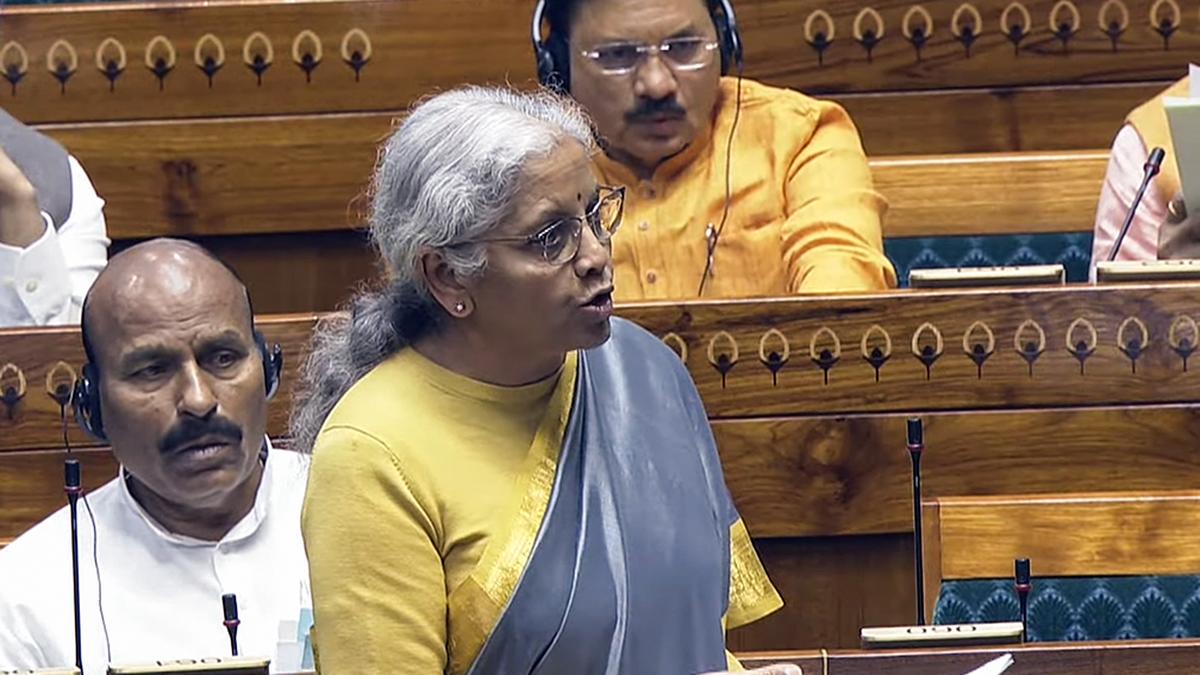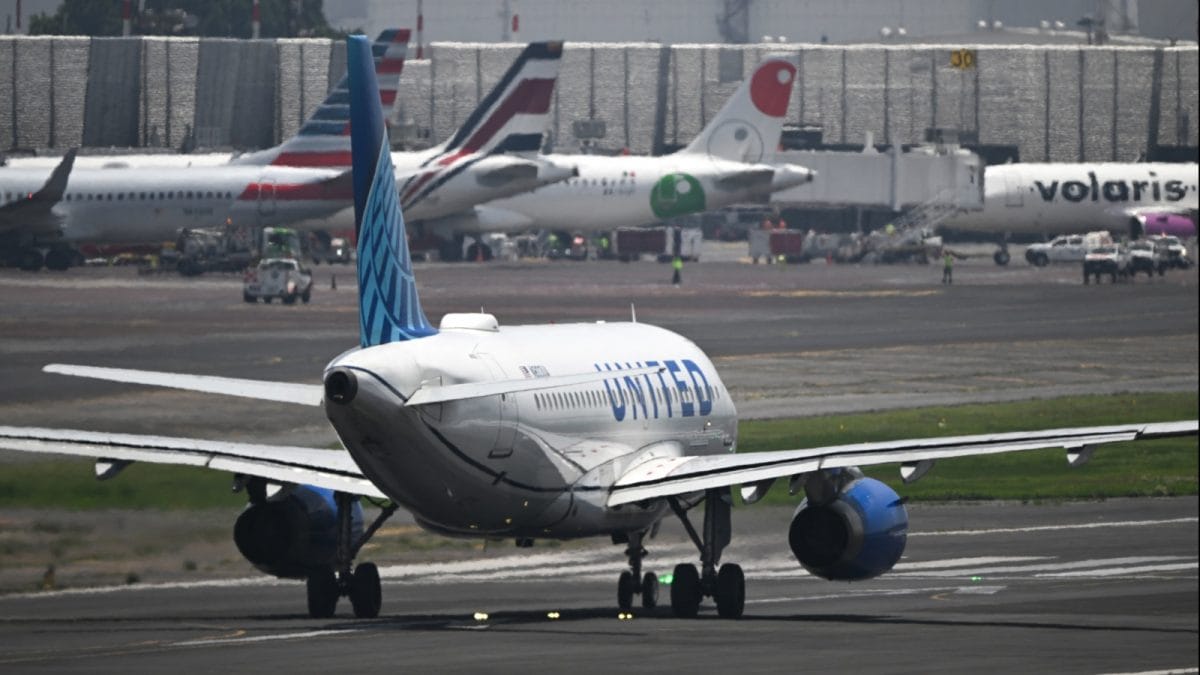Coral reefs are the crowning jewels of marine ecosystems. But they are not found everywhere, making them rare, limited-edition species.
Tamil Nadu has its own enchanting coral necklace along the 21 islands dotting the Gulf of Mannar Marine Biosphere. Most of them thrive naturally, many are dead or decaying owing to climate and anthropogenic changes, and a small portion is reviving, thanks to human care.
If planting and restoration of forests itself is a Herculean task, imagine how daunting the revival of coral reefs on the sea floor can be. While underwater research is still in its primitive stage in India, a dedicated team of scientists from Suganthi Devadason Marine Research Institute (SDMRI), Thoothukudi, has been scuba-diving and scrubbing the ocean floor for conducting annual surveys over the last two decades, along with Tamil Nadu’s Forest Department.

A recent study has highlighted the lessons learnt, successes, challenges, and prospects of long-term coral restoration to mitigate the anthropogenic and climatic impact on the Gulf of Mannar. The study was published in the Journal of Environmental Management by J.K. Patterson Edward, G. Mathews, K. Diraviya Raj, Jamila Patterson, Dan Wilhelmsson, and Jagdish Sudhakar Bakan.
Owing to coral mining since the 1960s, the natural substratum had become unstable in the Gulf of Mannar. As the area is not rocky and reefs had developed around low-lying islands, it was decided to use artificial substrates. Initially, stones, clay pots, ropes, cement slabs, fish houses, and concrete frames were tested for coral restoration. Strong currents and waves caused dislocation and fragmentation of artificial substrates, leading to a reduced survival rate.
Then, the scientists started using concrete frames. They are made at a construction site far from the coast and transported to the shore by trucks. From the seashore, the frames are transported to the restoration sites on a raft made of bamboo poles or on a small barge that can accommodate up to five tonnes. The substrates are placed on the ocean floor bottom with the help of ropes tied with the frames and arranged underwater by divers. Then, the concrete frames are arranged at an interval of 1 to 2 metres, leaving enough space for the coral to grow.

Artificial reef modules
Apart from artificial substrates, different types of artificial reef modules have been deployed in the Gulf of Mannar. Triangular artificial reef (TAR) modules were deployed near Vaan Island in 2002 for enhancing fishery potential and biodiversity. They were regularly monitored for coral recruitment. Perforated trapezoidal artificial reef (PTAR) modules were also deployed around Vaan Island for protecting it from soil erosion, enhancing fishery potential, and assisting in coral recovery. A total of 10,600 modules were deployed between 2015 and 2019.
All the transplantation efforts were done by the trained scientific divers of the SDMRI Reef Research Team. To maintain the genetic diversity, 20 coral species were used. Of the 20 species, 11 were from the fast-growing family Acroporidae (Acropora and Montipora) and the rest from other genera and morphotypes. The survival and growth of the transplanted fragments was assessed monthly for a minimum of two to a maximum of five years in different restoration locations.
During the past two decades, the SDMRI scientists have transplanted a total of 51,183 coral fragments in the 5,550 artificial substrates and restored an approximate area of 40,000 sq. m. of degraded reefs in the Gulf of Mannar.

“The formation of a basal disc by the transplanted fragments on the substrate that took place within one or two months was encouraging. It is the critical phase when the fragment establishes attachment with the substrate, indicating early success of the restoration effort,” says J.K. Patterson Edward, director, SDMRI.
Survival rates
Survival of the transplants is primarily based on the attachment, and it has been successful for all the monitored substrates deployed in the Gulf of Mannar, about 90% of them in the Marine National Park. The survival of the transplanted fragments during the study period between 2002-24 ranged between 55.6% and 79.5% for different initiatives in different locations.
The highest survival rate was observed for A. intermedia after five years in Kariyachalli Island with 89.1%, while the lowest was recorded for A. valida after five years in Poomarichan Island with 29.3%. The highest growth rate was recorded for A. intermedia in Kariyachalli Island in the fifth year, with 16.7 cm a year.
Generally, the genus Acropora showed the highest average growth rate for all sites. The slowest growth was recorded for the genus Porites and other massive corals such as Dipsastraea and Goniastrea, the study shows.

The density of coral recruits was higher in TARs and PTARs than with concrete frames. The density of coral recruits on TARs was 1.23 in 2004 and it increased to 24.77 in 2020. A total of 14 coral genera were found inhabiting TARs in 2020, which included Goniastrea, Favites, Dipsastraea, Turbinaria, Pocillopora, and Goniopora.
In the case of PTARs in Vaan Island that were deployed in 2015, the average coral recruit density was 31.49 in 2016 and it increased to 76.01 in 2020. In both cases, the coral recruit density was found to increase over the years. A total of 16 coral genera were found to inhabit the surface of PTARs, and eight on concrete frames.
In Vaan Island, live coral cover was 2.7% in 2006 in the restored site and it was 0% in the unrestored degraded site. Coral cover kept increasing significantly in the restored site and reached 18.8% in 2020. An increase in the live coral cover was also observed at the unrestored site, but it was very meagre, as it reached only 1.8% in 2020.
The impact of coral bleaching events in 2010 and 2016 was evident at the restored and unrestored sites as indicated by the decrease in live coral cover after the bleaching. However, the relative loss of corals at the restored site was less than that at the unrestored sites.
Coral colony density was also found to increase over time in the restored and unrestored sites of Vaan and Koswari Islands, but the magnitude of increase was much higher in the restored sites.
Fish density in the restored site of Vaan Island increased considerably during the study period from 14.5 in 2006 (250 metres) to 310.0 in 2020 and a similar trend was observed in Koswari Island. A total of 63 species in Vaan Island and 51 species in Koswari Island were recorded from the restored and unrestored sites during the study period. Coral restoration activities during the past two decades have also benefitted the community dependent on the biosphere through awareness creation and capacity-building among the reef managers.

The low-cost and low-tech coral restoration activities in the Gulf of Mannar may be looked upon as a climate mitigation effort to sustain the integrity of coral reefs, associated biodiversity, and the livelihood of the dependent people, the study suggested.
‘Promising results’
Supriya Sahu, Additional Chief Secretary, Department of Environment, Climate Change and Forests, says the reef restoration efforts have shown promising results and have become integral to coral conservation strategy, and gaining international recognition. Now, the Tamil Nadu government has launched a comprehensive restoration initiative under the Tamil Nadu Sustainably Harnessing Ocean Resources (TNSHORE) project to protect and restore the Kariyachalli Island.
“This initiative involves the deployment of 8,500 multi-purpose artificial reef modules specially designed to protect and restore the highly-eroded Kariyachalli Island, conserve and enhance biodiversity, particularly coral diversity in the context of threatening climate change implications, protect and sustain fishery resources and simultaneously restore two acres of degraded coral reefs and three acres of degraded seagrass beds,” she said.



.png)
.png)
.png)
















 9 hours ago
3
9 hours ago
3









 English (US) ·
English (US) ·